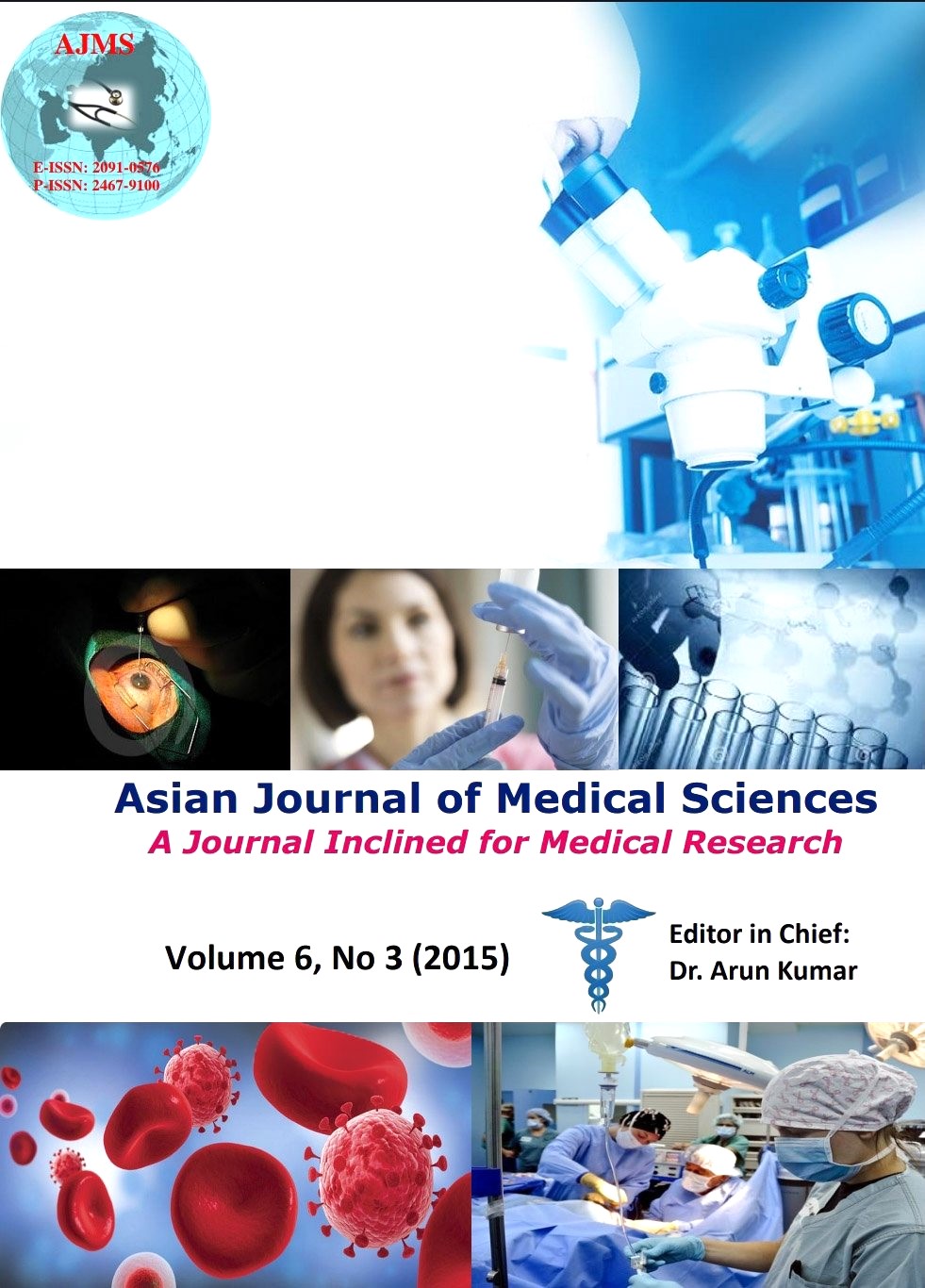Plasmablastic neoplasm in an HIV affected individual and a brief note on its differential diagnosis
Keywords:
Acquired immunodefi ciency syndrome, Immunodefi ciency, Lymphoma, Non-Hodgkin’s lymphoma, Diffuse large B cell lymphomaAbstract
HIV/AIDS predisposes an individual to a variety of malignancies. Lymphomas constitute a group of neoplasm of which are derived from the basic cells of lymphoid tissue, lymphocytes and histiocytes in any of their developmental stages. Thus these neoplasms are closely related and difficult to diagnose based on the histopathology alone. To highlight the importance of immuno-histochemistry in lesions as in the present case and the varied differential diagnosis that is useful to arrive at a diagnosis. We report a case of plasmablastic neoplasm in a young female whose HIV status became apparent only after the histopathologic diagnosis. Oral lesion was the only presenting feature. The lesion was a very aggressive lesion. Diverse differential diagnosis has been illustrated with their specific features which can be valuable to achieve a diagnosis of a particular lymphoma. Although, the histopathology reveals predominantly plasmablasts, it is still not possible to give an accurate diagnosis based on microscopy alone. Thus such lesions have to be differentiated with the help of immuno-histochemistry.
DOI: http://dx.doi.org/10.3126/ajms.v6i3.10762
Asian Journal of Medical Sciences Vol.6(3) 2015 77-80
Downloads
Downloads
Additional Files
Published
How to Cite
Issue
Section
License
Authors who publish with this journal agree to the following terms:
- The journal holds copyright and publishes the work under a Creative Commons CC-BY-NC license that permits use, distribution and reprduction in any medium, provided the original work is properly cited and is not used for commercial purposes. The journal should be recognised as the original publisher of this work.
- Authors are able to enter into separate, additional contractual arrangements for the non-exclusive distribution of the journal's published version of the work (e.g., post it to an institutional repository or publish it in a book), with an acknowledgement of its initial publication in this journal.
- Authors are permitted and encouraged to post their work online (e.g., in institutional repositories or on their website) prior to and during the submission process, as it can lead to productive exchanges, as well as earlier and greater citation of published work (See The Effect of Open Access).




